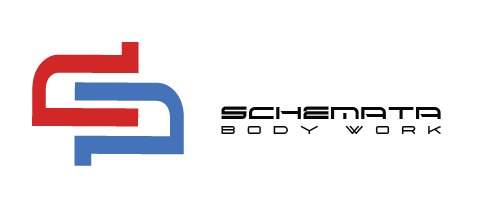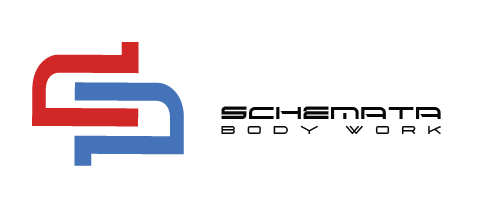What Are “Manual Therapies” and How Are They Used?
Manual therapies have, for thousands of years, been used to treat musculoskeletal disorders. Practitioners around the world have used their hands to control various parts of the body to promote healing in countries with many different cultural influences and varied medical practices. “Manual” simply means “by hand.” Manual therapies, therefore, consist of methods of healing that use the hands. Worldwide, there are more than two dozen methods used. Acupressure, chiropractic, massage therapy, physiotherapy, reflexology, Rolfing, and Shiatsu are among the most widely recognized.
Dozens of other, lesser-known manual therapies are also available, including the Bowen procedure, Cranio-sacral therapy, the Dorn process, manual lymphatic drainage, technique of muscle energy, myofascial release, myotherapy, naprapathy, and zero balance. Here we look at the most popular treatments:
Acupressure
An acupressure practitioner applies a light force on different parts of the body using the palm, the elbow or different devices, following the patterns found in traditional Chinese medicine and acupuncture. More than half of the scientific studies on acupressure showed that this technique was effective, but some critics have claimed “a significant likelihood of bias.”
Chiropractic
To achieve improved vertebral alignment, most chiropractic practice includes manipulation of the spine. The main symptom that brings patients to a chiropractor is perhaps lower back pain. Without the use of medications or surgery, chiropractors are specialists in treating musculoskeletal disorders. Many professional athletes, among others, swear by the hands of their chiropractor to keep them working at their best and help them prevent injuries.
Massage Therapy
Perhaps this is the oldest of these manual therapies. In ancient Egypt, China, Mesopotamia, and other parts of the world that gave birth to early civilizations, massage was (and still is) used. In order to apply pressure, rolling movements, and other techniques to muscles and joints, to promote circulation and calm the patient, massage practitioners mainly use their hands, but also other parts of their body. Massage is proving ever more common in today’s high-stress world.
Physiotherapy
As a normal treatment for people suffering from musculoskeletal disorders, physiotherapy has been used for years. To help their patients recover function, especially mobility, a physical therapist uses a variety of techniques. The patient may reinforce muscles that have been weakened by injury or disease with repetitive, assisted motion. It may help a patient recover a greater range of motion by helping the patient to perform targeted exercises.
Reflexology
To activate organs inside the body associated with the portion to which pressure is applied, a qualified reflexologist applies pressure to different parts of the feet, hands, or ears. It is a Chinese treatment with a theory that is equivalent to acupuncture-using energy flow regeneration points on the body. While there is still not sufficient conclusive evidence to support its efficacy, anecdotal evidence suggests that after treatment, patients are happier and more comfortable.
Rolfing Structural Integration
To relieve stress, realign and stabilize the body, Rolfing explicitly targets the connective tissue of the body. To achieve therapeutic benefits such as improved posture and greater freedom of movement, including reducing tension and relieving pain, Rolfing strategies include deep-tissue massage.
Shiatsu
The word Shiatsu, a traditional Japanese treatment, means ‘finger pressure,’ but may involve palm pressure and other massage approaches. To change the physical structure of the body and stabilize its energy flow, a Shiatsu practitioner uses touch, comfortable pressure, and manipulative techniques on particular points of the body (similar to the meridians of Traditional Chinese Medicine). Anecdotal evidence demonstrates that it relieves stress, nausea, muscle pain, depression, and anxiety in patients.
Are You in Need of Manual Therapy for Your Pain?
Manual therapies from Schemata Bodywork helps people who are active or desire to be active. Who can benefit from a sports massage from Schemata Bodywork? Individuals who have careers that are restricted to working at a desk, all athletes that are looking to improve their performance or physical gains, people who have community service jobs such as firefighters, law enforcement, or military personnel. If you are suffering from injuries with acute or chronic pain, or someone who wants relief from mental or physical stress, we can help change your life. Contact us now for your appointment.

